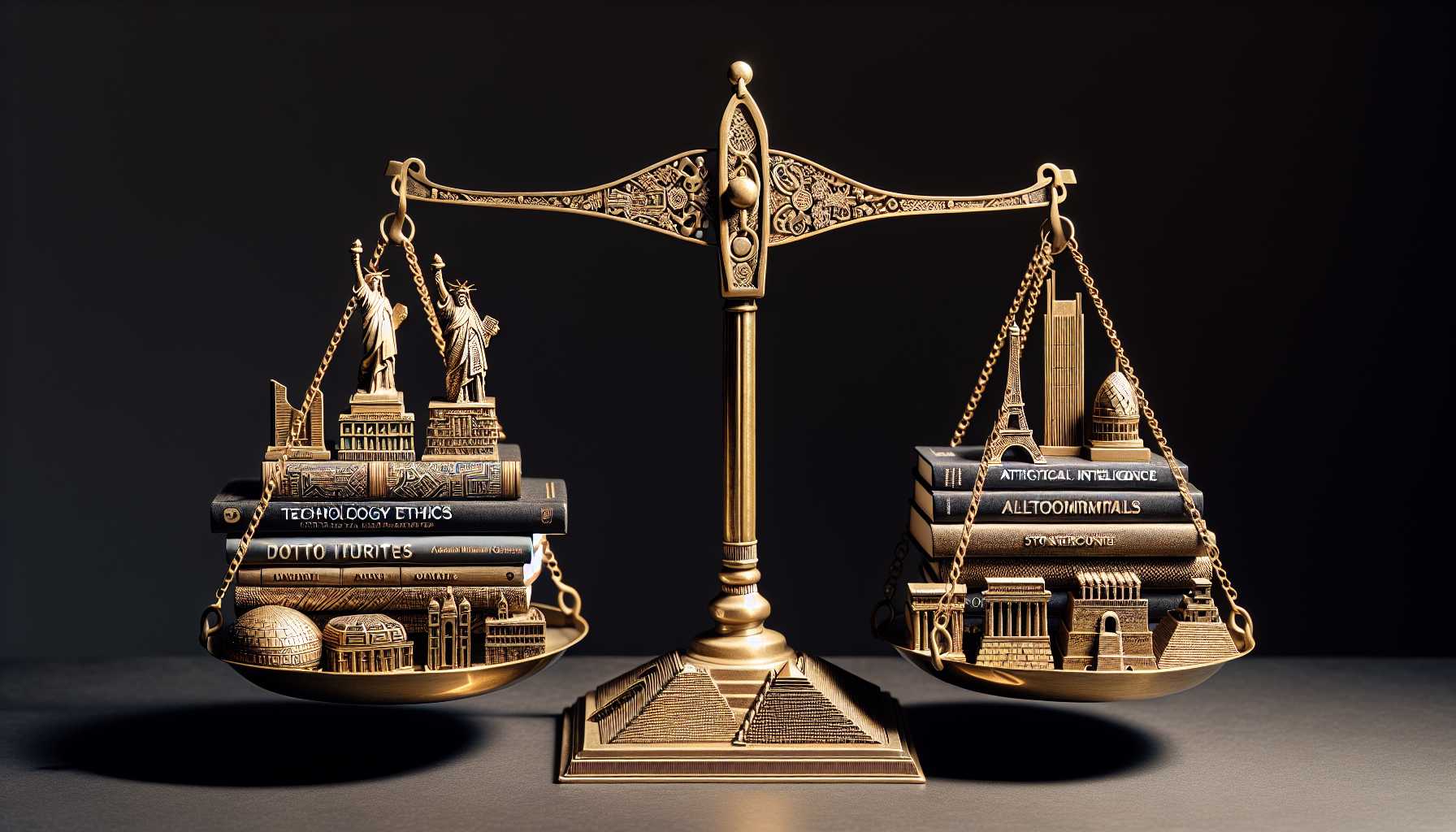Survival of the Fittest: Paytm’s Eleventh-Hour Resilience
Imagine the suspenseful climax of a movie, where the protagonist secures the one thing that could save his life, just in the nick of time. That’s precisely the scenario for India’s fintech giant Paytm and its legion of users—a real-life thriller unfolding in the bustling markets of digital payments.
In an audacious move that seems straight out of Silicon Valley’s playbook, Paytm has recently clutched a critical license to stay afloat in the tumultuous sea of India’s financial ecosystem. On the brink of its banking unit’s cessation, due to a swift regulatory crackdown by the Reserve Bank of India, the firm has nabbed approval from the National Payments Corporation of India (NPCI) to operate akin to other heavyweights like Google Pay and PhonePe.
However, this isn’t just about Paytm’s survival; it’s a nod to India’s robust desire to balance innovation with regulation in the rapidly growing digital payments space. By securing the third-party application provider license, Paytm can continue to orchestrate its symphony of transactions through the UPI network, safeguarding customer convenience and continuity. While this license doesn’t restore the full spectrum of privileges Paytm once enjoyed, it ensures that the fintech maestro can still conduct its payments concerto.
To the layperson, it’s more than just behind-the-scenes bureaucracy—this ensures that millions can still pay for their groceries, bills, and a cornucopia of services with a simple tap on their smartphones.
EU Casino Royale: Big Tech’s Bet on Generative AI
Across the globe, we see the European Commission shuffling the deck of cards as it deals Big Tech with a hand of formal requests for information. It’s like a high-stakes poker game where tech behemoths—Google, Meta, and TikTok—are asked to show their cards on a critical issue: generative AI.
In the ultimate game of digital chess, these companies must navigate the treacherous waters of the EU’s Digital Services Act, revealing how they mitigate systemic risks including AI hallucinations and the creation of deepfakes. The European Commission is doubling down on its efforts to safeguard the integrity of upcoming elections against the viral torrent of synthetic content. With the looming shadow of fake news and the manipulation of public opinion through generative AI, these demands are the ace up the EU’s sleeve to maintain a fair and democratic playing field.
And it’s not just big players on the radar—small platforms and AI tools enabling synthetic media at low cost are also part of the mix, as the EU leverages both regulation and self-regulatory mechanisms to protect cyberspace.
The Tug-of-War for TikTok: Prohibition, Politics, and Possibilities
In the United States, a different drama is unfolding as the House of Representatives’ vote threatens to curtain TikTok—a platform that has choreographed its way into America’s cultural zeitgeist. With overwhelming bipartisan support, the bill demands TikTok’s divestment by ByteDance or faces a ban. This epic saga underscores the intersection of technology, national security, and the vaudeville of political theater.
Will TikTok bow out gracefully, or will it execute an acrobatic legal maneuver to stay center stage in the U.S.? The platform’s CEO fervently turns to the comment section for the next act, enlisting the public’s support against this legislative drama. One cannot help but ponder—is this confrontation a foreshadowing of a global battle stage where data sovereignty and foreign influence joust for dominance?
Artificial Intelligence: The Systolic Pressure on Silicon Valley’s Heart
AI has been Silicon Valley’s heartbeat, but recent developments have cast a shadow over this technological marvel. Amidst the dizzying heights reached by stocks, Nvidia and Super Micro’s AI champions stumbled as their valuations fluctuated, despite analysts turning bullish on their prospects. This paints a monochromatic picture for investors, as the excitement surrounding AI is juxtaposed with the sobering reminder of the stock market’s volatility.
Amidst the cryptic riddle of AI’s future, these fluctuations represent the palpitations of an industry simultaneously captivated and spooked by artificial intelligence’s potential. The AI symphony in Silicon Valley continues, but the recent staccato in stock prices spotlights the need for balance in the high-octane crescendo of AI’s development. And beneath it all lays the question—will AI remain the rhythm that propels Silicon Valley forward, or could it become a discordant note in the tech industry’s opus?
Epilogue: A Tale of Two Realities – The Promise and Perplexity of AI
As this narrative unfolds from the alleys of India’s fintech markets to the corridors of American and European legislatures, one thing becomes increasingly clear: artificial intelligence is a dichotomous force invoking both promise and perplexity. On one side, AI’s crescendo beckons a future replete with innovation, efficiency, and entertainment. On the other, the discordant chords of deepfakes, disinformation, and disruption raise a cacophony that cannot be ignored.
As a tech enthusiast and investor, I see these unfolding events as a suite of movements in technology’s grand symphony, where each player—from Paytm to TikTok, from regulators to the smallest startups—must find their rhythm and pitch in harmony. Conclusively, in AI’s grand orchestra, may we aspire to a sonnet of balance, where every note resonates with the tenor of ethical innovation, and every measure advances the symphony of human progress.





